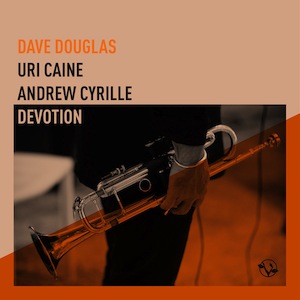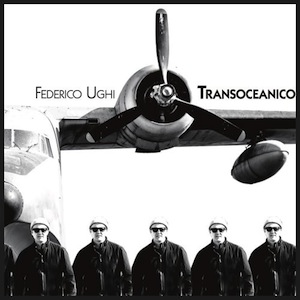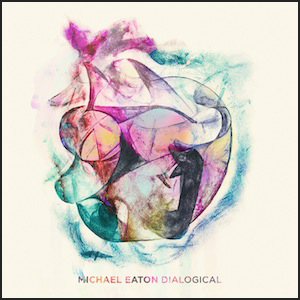Label: Greenleaf Music, 2019
Personnel – Dave Douglas: trumpet; Uri Caine: piano; Andrew Cyrille: drums.
Trumpeter Dave Douglas teams up once again with pianist Uri Caine, a member of his prestigious quintet in the 1900s, for a sequel to their 2014 album Present Joys. For Devotion, the musicians adopt the same methodology of its predecessor, adapting 19th-century sacred choral pieces from the Sacred Harp songbook, but on this occasion, in the company of a special third element who colors exquisitely behind the drumset: Andrew Cyrille.
Nine of the ten tunes on this recording are the product of Douglas’ crisp compositional vein. The exception is the title track, penned by Alexander Johnson. The album sunrises with “Curly”, a witty piano-drums duet dedicated to one of the Three Stooges, the comedian Jerome Horwitz. Manifesting a carefree posture, Cyrille is the perfect accompanist for Caine’s mercurial stride piano and fine block chords.
“D’andrea” is initially dipped in enigmatic voicings, contrasting with Douglas’ bright phrases. The harmonic dark clouds dissipate after the trumpeter speaks his own idiom, a well-lighted association of hard-bop and avant-jazz. This tune is a tribute to Italian pianist Franco D’Andrea as well as “Francis of Anthony”, an impeccably brushed waltz with muted trumpet.
Both “Miljosang” and “False Allegiances” are devoted to and cull inspiration from Carla Bley’, and the pianist’s influence is well patented in their form, structure, and melodic/harmonic coherence. The former piece is a fetching and uncompromising 4/4 environmental tune arranged with harmonic straightforwardness, while the latter is a beautiful blues-tango with expressive muted trumpet and elegant mallet drumming. Caine delineates seductive bass lines with his left hand while, with the other, pronounces the melody in unison with the trumpeter. To me, this track is the absolute emotional apogee of the recording.
The sensitive comping, rhythmic effulgence, and splendid voice-leading continue on “Pacific”, a haunting ballad delivered with sharp focus. This piece was devoted to Aine Nakamura and the Mannes/New School composition class of Fall 2017 and its title derived from the tune system (C-F-C) of an Asian instrument.
Pianist Mary Lou Williams and trumpet master Dizzy Gillespie are also paid tribute on “Rose and Thorn”, a confluence of modal jazz and stride piano, and “We Pray”, a candid and sensitive ballad, respectively.
Douglas architects this music with empathy and trust, and the trio bestows a spontaneous charm that leaves a lasting impression. Versatility and intuition are among their strong points, therefore, this music never fails or gets boring.
Grade A-
Favorite Tracks:
05 - False Allegiances ► 07 - Pacific ► 09 - We Pray








































